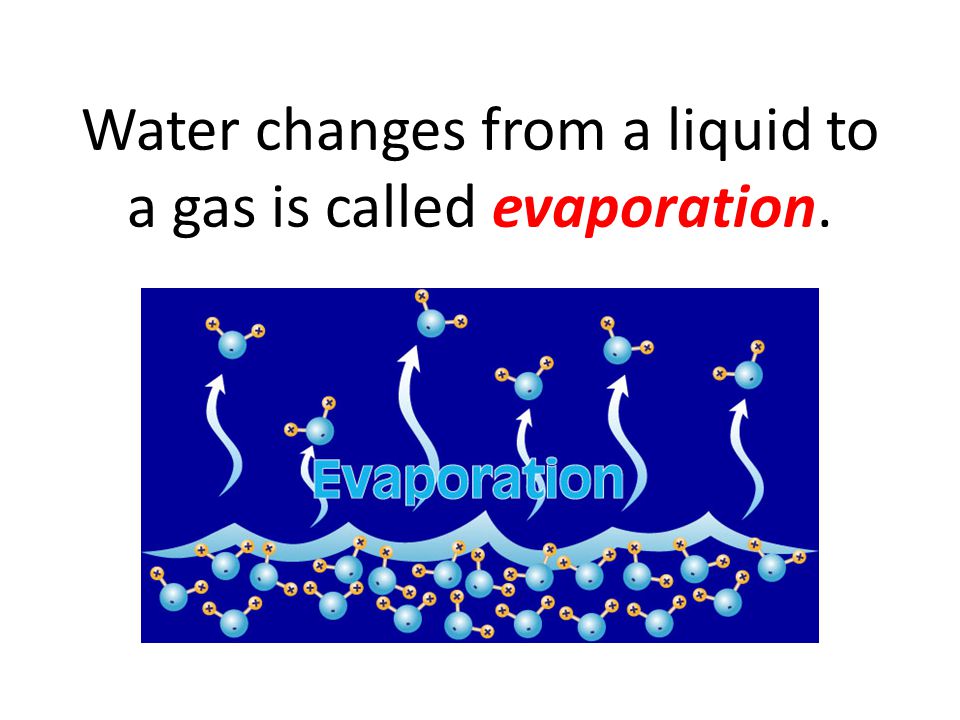
Thus, the steam economy will always be less than one. As the steam’s latent heat is transferred to the feed, some of the heat raises the initial feed temperature to the boiling point and the remaining latent heat evaporates water. In theory, the evaporation of 1 kg of water requires slightly more than 1 kg of steam, since the latent heat of vaporization decreases as pressure increases (3). This metric is called the steam economy (SE) and is commonly expressed as the ratio of water evaporated to steam consumed.

Mass balance on a single-effect evaporatorĪnother way to measure and compare the performance of evaporators is to consider the amount of water evaporated per amount of steam consumed. Evaporators that use mechanical vapor recompression (MVR) (discussed later) do not need an external condenser because the vapors generated are fully condensed within the heating section of the evaporator. Most evaporation systems include either a direct or indirect water-cooled condenser to condense the vapor leaving the last evaporator effect. Vacuum systems also remove noncondensible gases that originate as dissolved gases in the feed or from air leaking into the evaporator body.
#CHEMLAB 12 COMPARE RATES OF EVAPORATION SERIES#
Depending on the level of vacuum required for the last effect, which has the lowest boiling temperature, a single pump or a series of pumps may be used. Steam ejectors or mechanical vacuum pumps are often used to create a vacuum. Figure 2 shows a simple, single-effect evaporation system, which includes an evaporator body with an internal heating section, vapor/liquid separator, water-cooled condenser with barometric leg, and steam-ejector vacuum system.Įvaporator bodies are typically operated under vacuum to reduce the temperature of boiling ( e.g., 85☌). The first effect is heated directly with steam, and the additional bodies are ordered based on descending boiling temperature (or pressure). In a multiple-effect evaporator, vapor from one body heats a second body at a lower boiling temperature. The heating and vapor/liquid separation sections are separated in this diagram, but in some types of evaporators, they may be located in the same body.Įvaporators may be composed of one or more effects, where an effect is defined as one or more bodies operating at the same boiling temperature. These sections can be located within a single vessel (body), or the heating section may be external to the vessel that houses the vapor/liquid separation section. The basicsĪll evaporators are comprised of two sections: a heating section (called a steam chest) and a vapor/liquid separation section.

This article focuses on evaporation as a continuous process, in which the feed and product streams are continuous and their concentrations remain constant. This process is commonly referred to as water distillation, although the process is more akin to a thermally driven liquid-solids separation operation.Įvaporation may be carried out as a batch or continuous process. A common exception is the evaporation of solutions with a high mineral content, where the vapor is condensed as the product and the concentrated brine is discarded.

Evaporation also produces a higher concentration of solids than other methods of concentration ( Figure 1) (2).Įvaporation differs from distillation in that the concentrated solution, rather than the condensed evaporate, is typically the valuable product. This combination of processes is economically attractive because high-efficiency evaporation is significantly less costly than drying and other methods of removing water (1). The combination of evaporation and spray drying is often used to make powdered products, such as powdered milk. Evaporation can be used as the initial step in producing a dried product if the liquid concentrate then undergoes a drying process such as spray drying. Evaporation as a method of concentration can produce solids contents that range from 0% to as much as 92% with scraped surface evaporators (used in select applications).Įvaporation differs from dehydration and drying in that the product of evaporation is a concentrated liquid, not a solid.


 0 kommentar(er)
0 kommentar(er)
